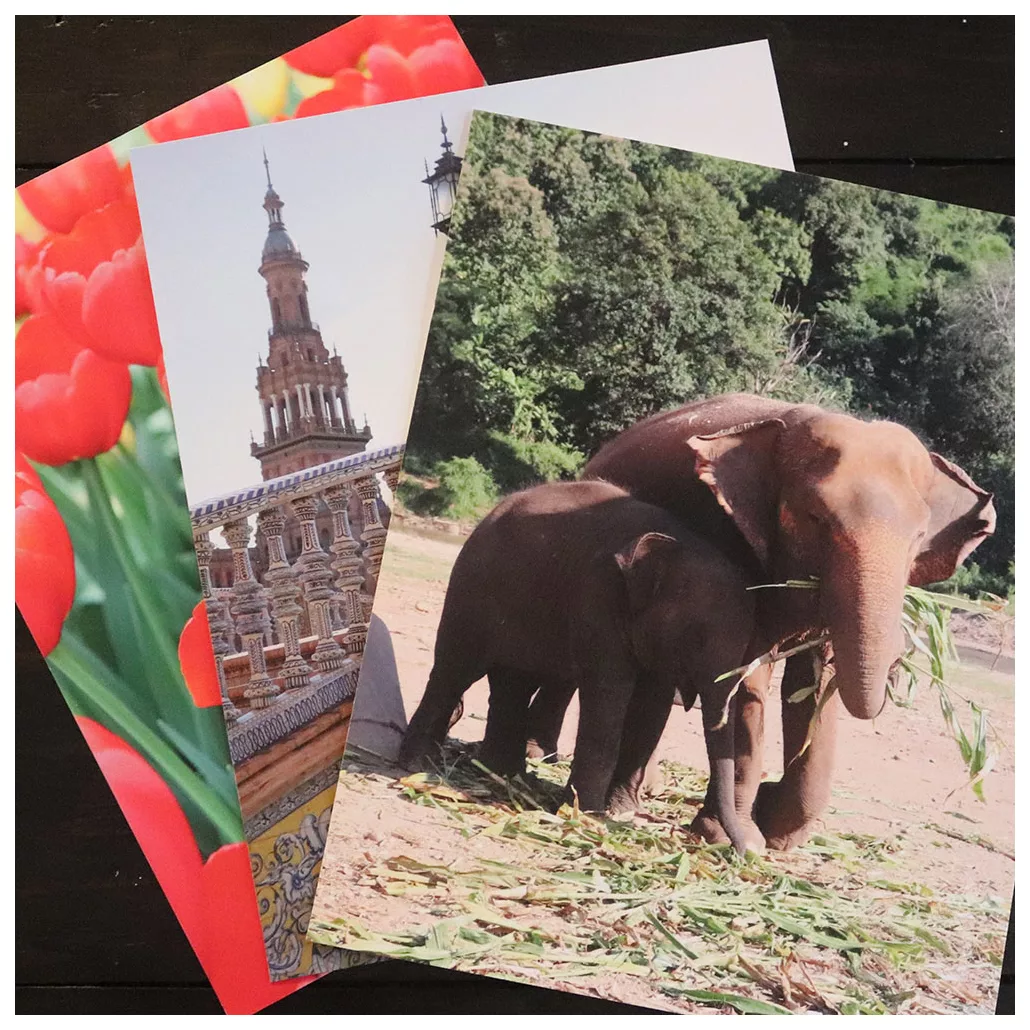The Stunning Sights of Evora, between Roman Temples and Bone Chapels
Last updated on April 11, 2025
With a bone chapel and Roman temple, Evora jumped high on my Portuguese to-visit list and it was a definite stop on my first trip to Portugal. It did not disappoint! There’s so much beauty and fascinating history to be seen in this small town.
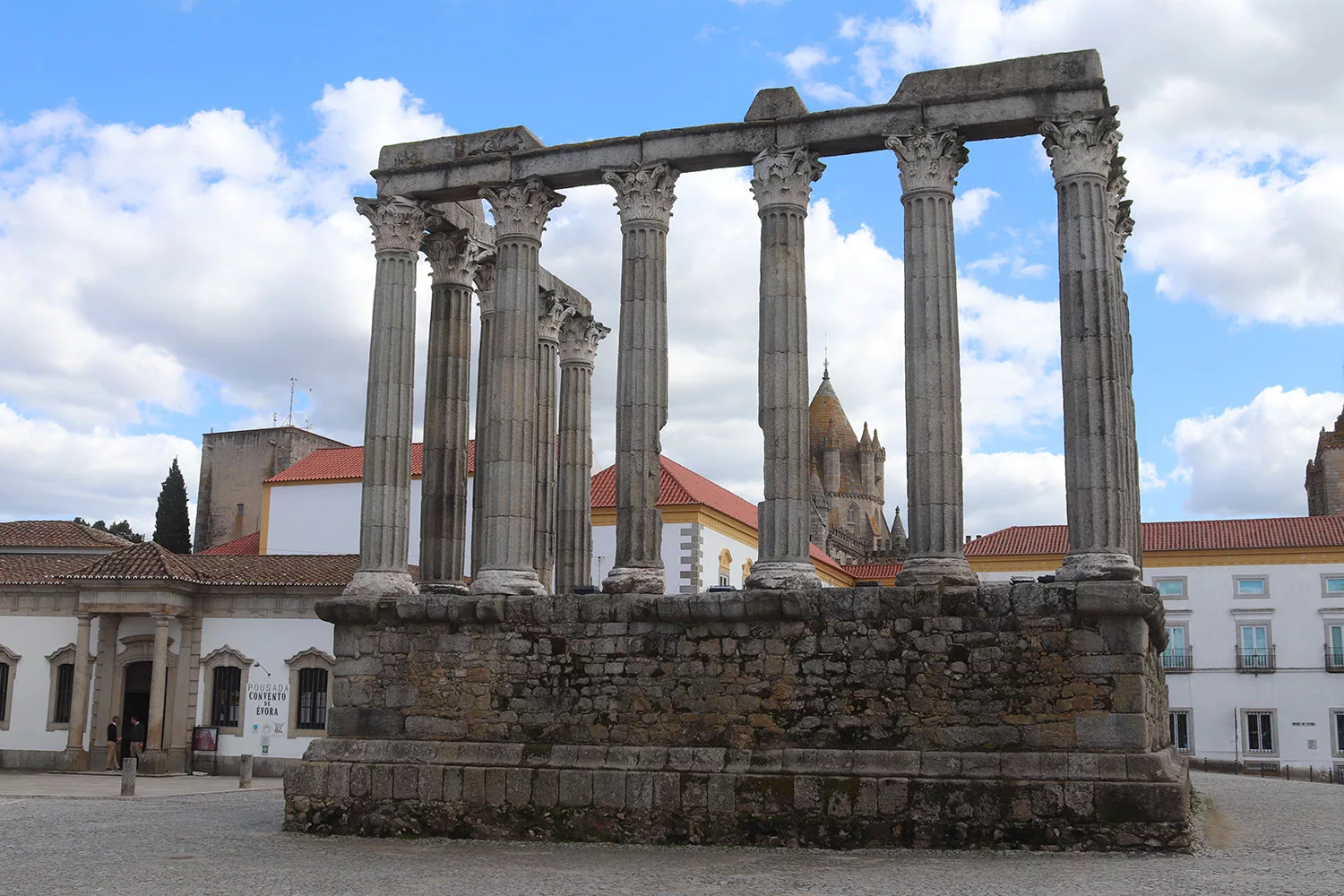
A Short History of Evora
Evora has a noted history that goes way back, before the Roman era, to the Celts. Eburos is a Celtic name for yew tree, and the name Evora comes from it. So the name dates back about 3-5000 years!
When it became part of the Roman empire, it was called Liberalitas Julia and became an important city along a trading route, its local produce being wheat. When the Visigoths and Moors ruled the Iberian peninsula, Evora became less important and prosperous, but this was just a slump.
It was claimed by Portugal in 1166 and in the 15th century, Portuguese kings decided to make residence there. Many convents and palaces built during this time still exist today. The University of the Holy Spirit (now the University of Evora) was founded in 1553 and gave the city and even bigger standing. This was considered the town’s “golden age.” Power shifted away from Evora over the centuries but it still maintains monuments of all the amazing history it’s seen.
Today the historic center is a UNESCO World Heritage Site.
Things to Do & See in Evora
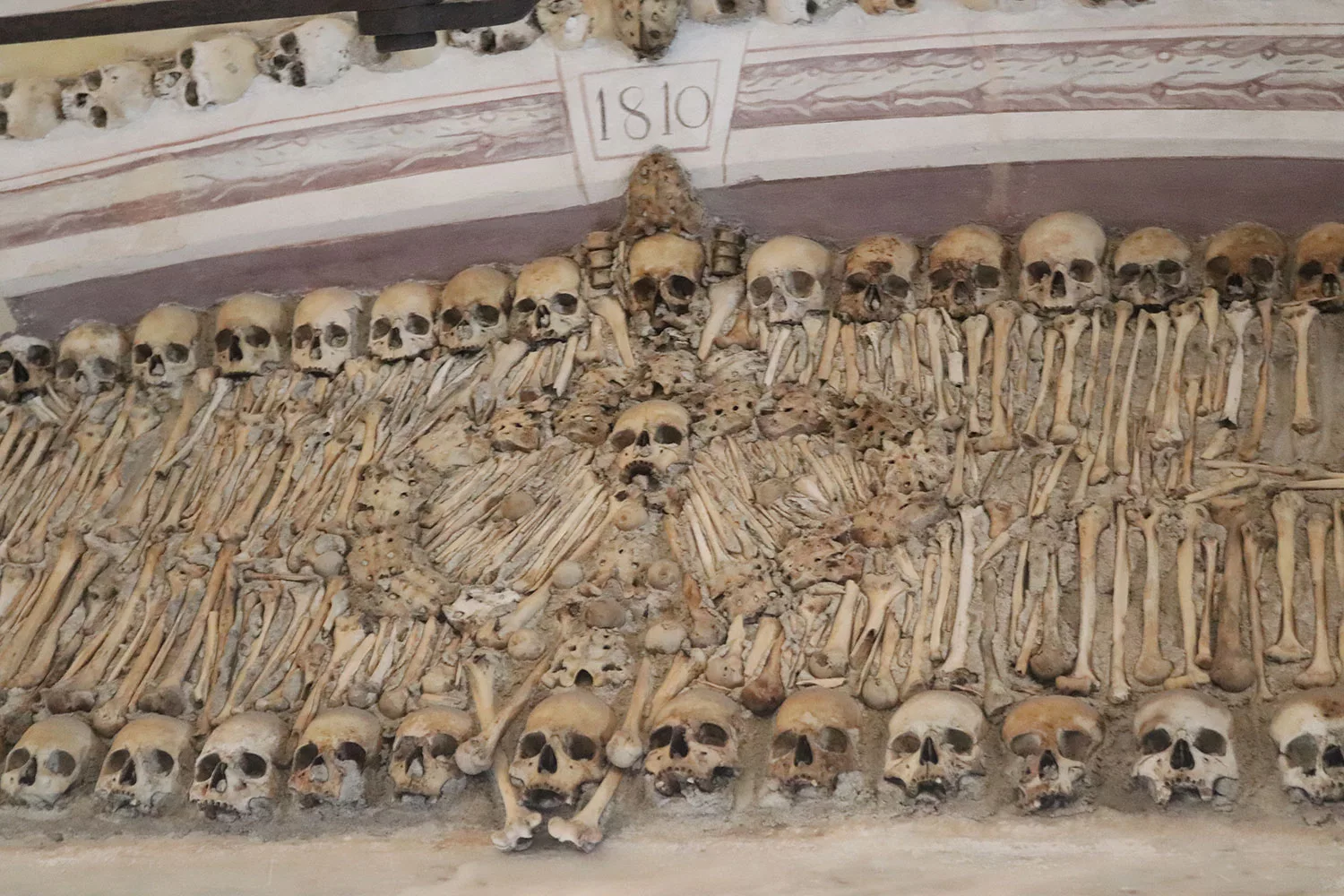
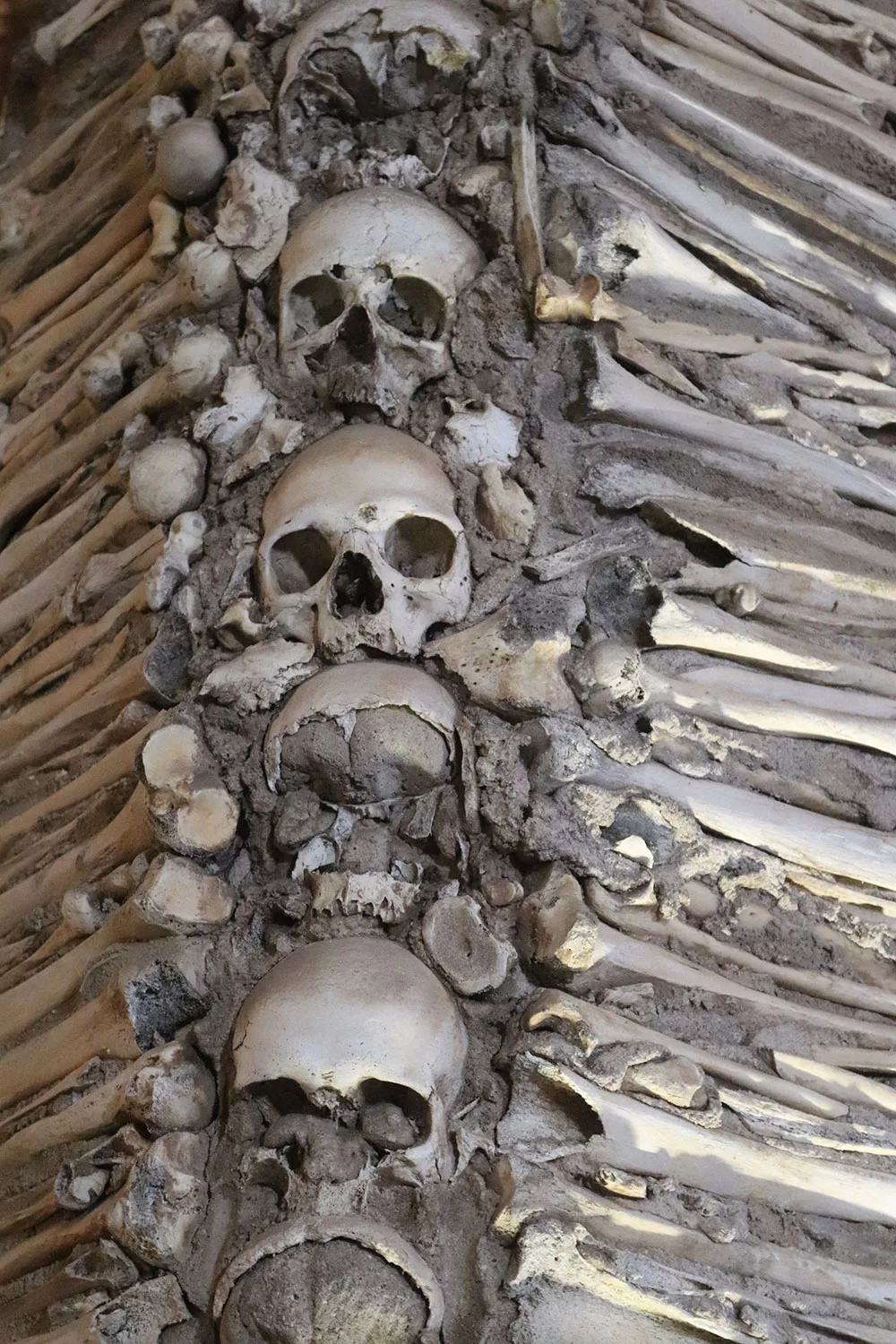
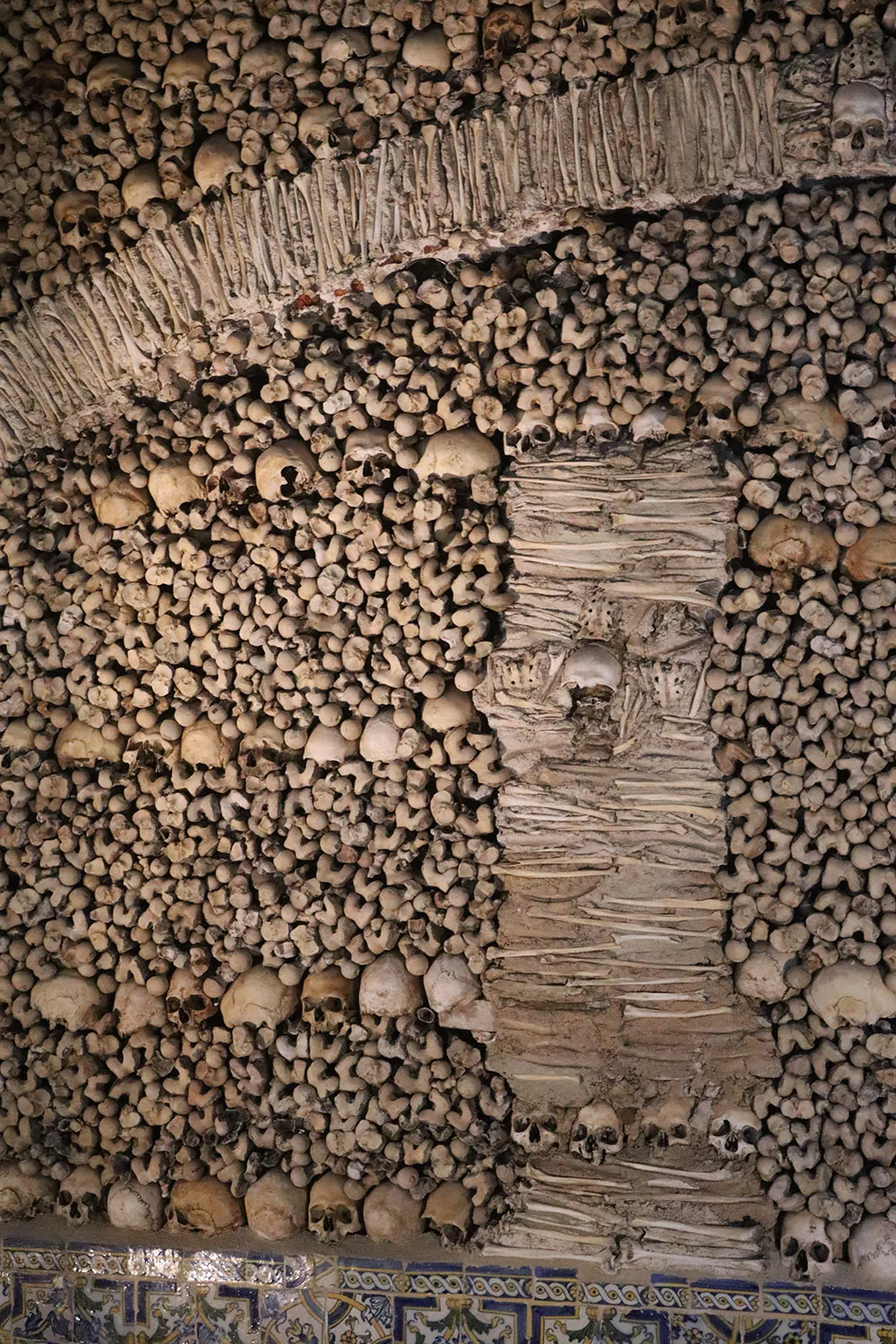
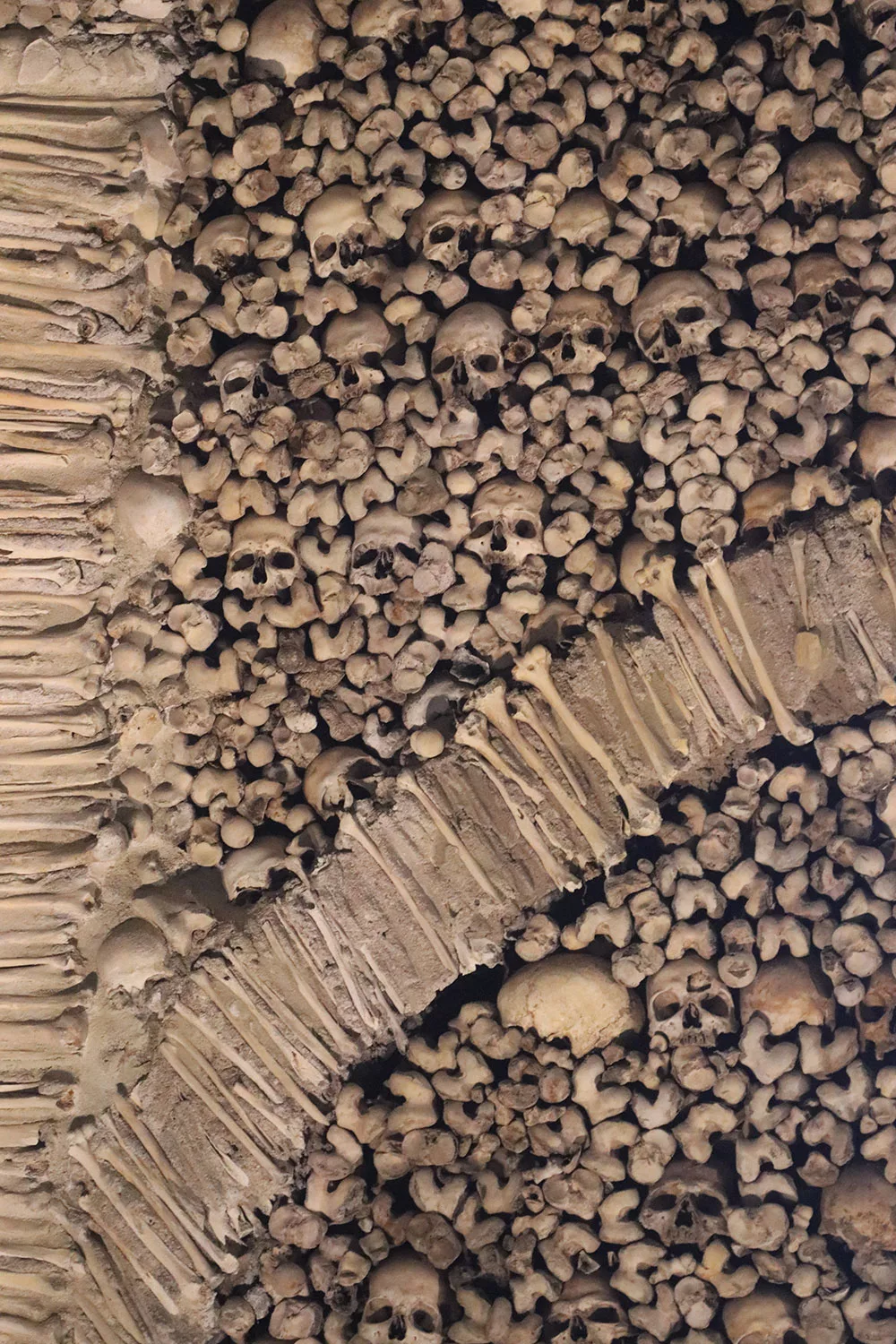
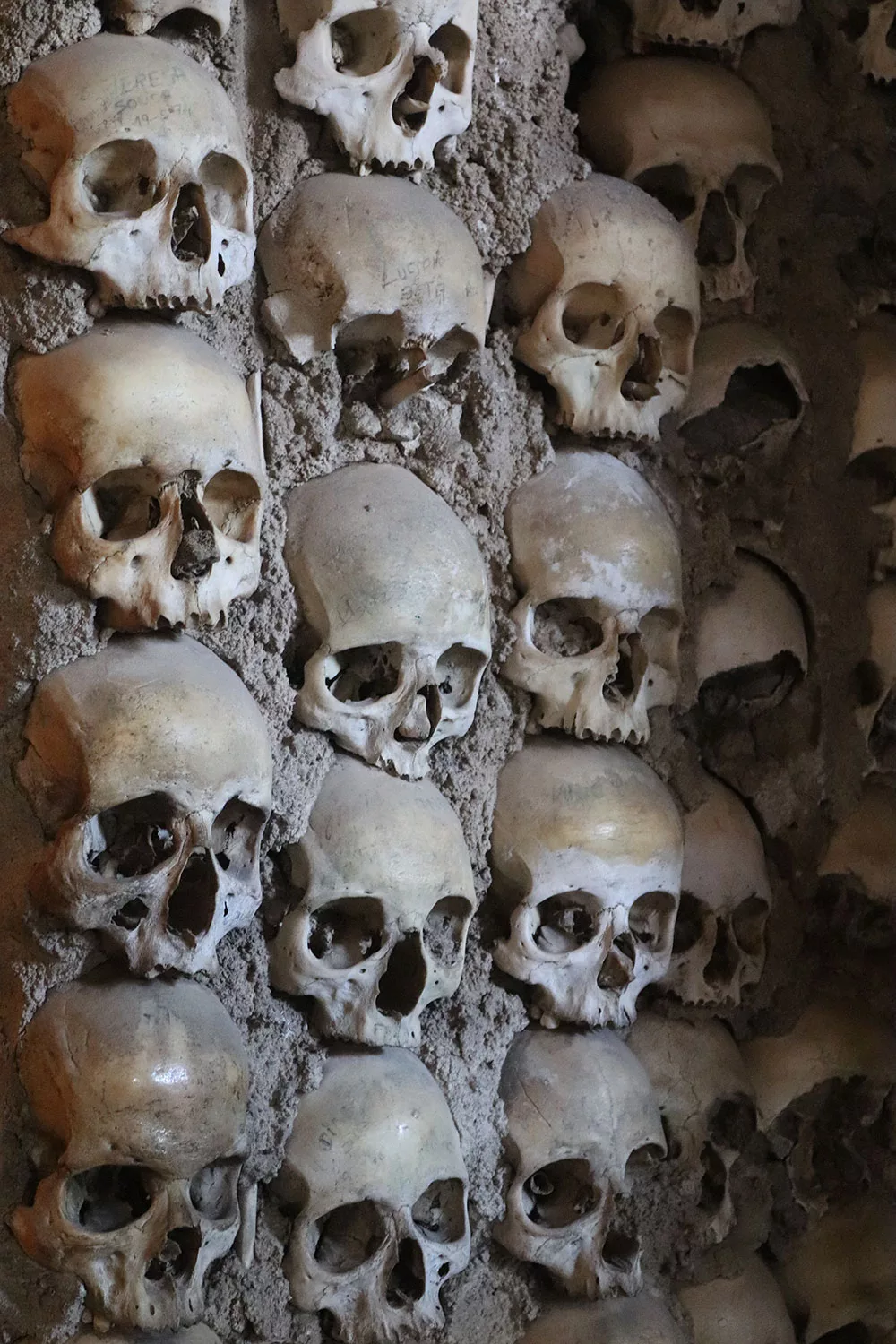
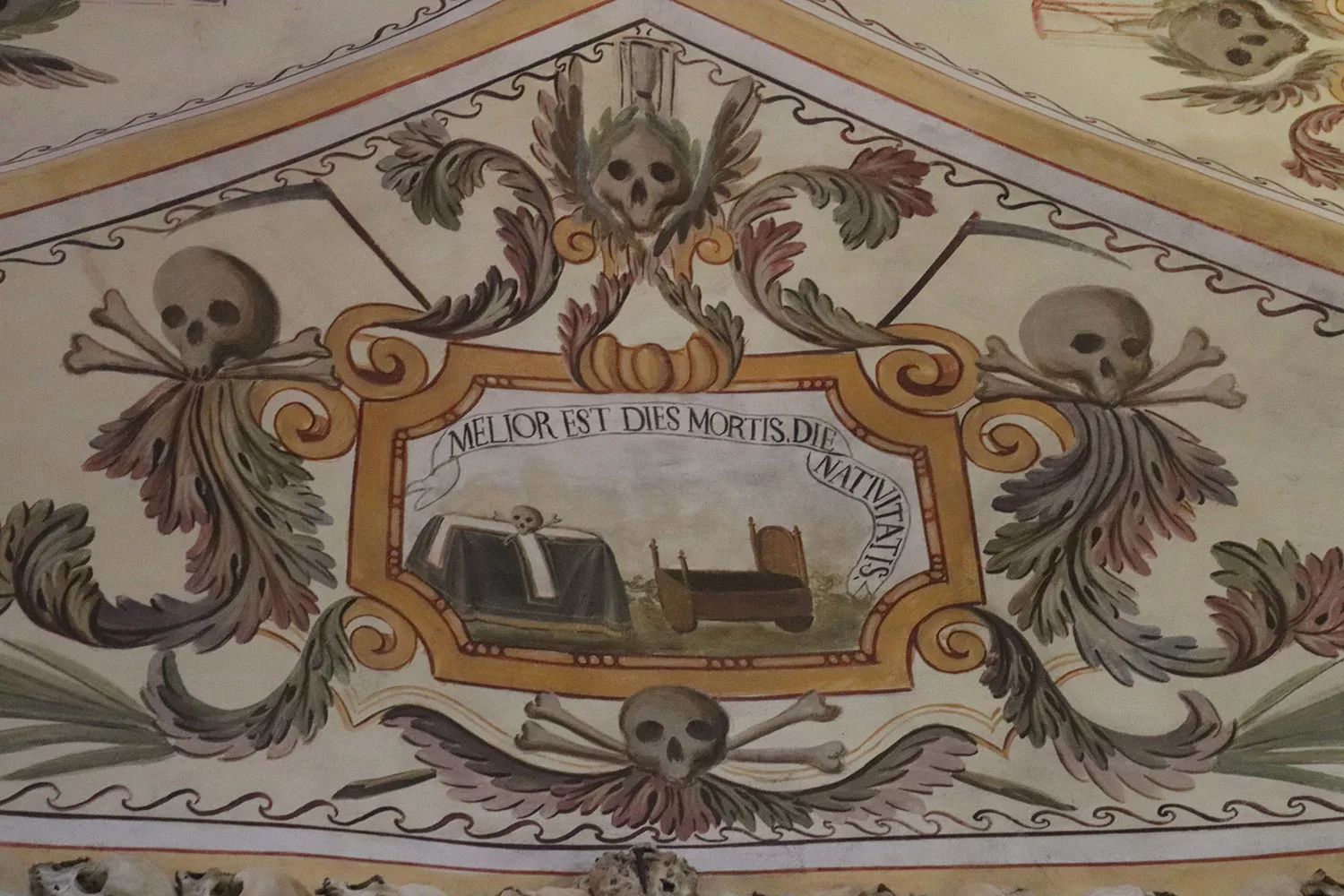
One of Evora’s most famous places to see is the Chapel of Bones, which is quite remarkable. It was started in the 16th century and has the bones of about 5,000 individuals! It’s a quite sizable room and the arrangement and artwork is stunning. A morbid but beautiful and eye-opening place to be. It is connected to the Church of Sao Francisco, which is quite pretty but pales a bit in decoration.


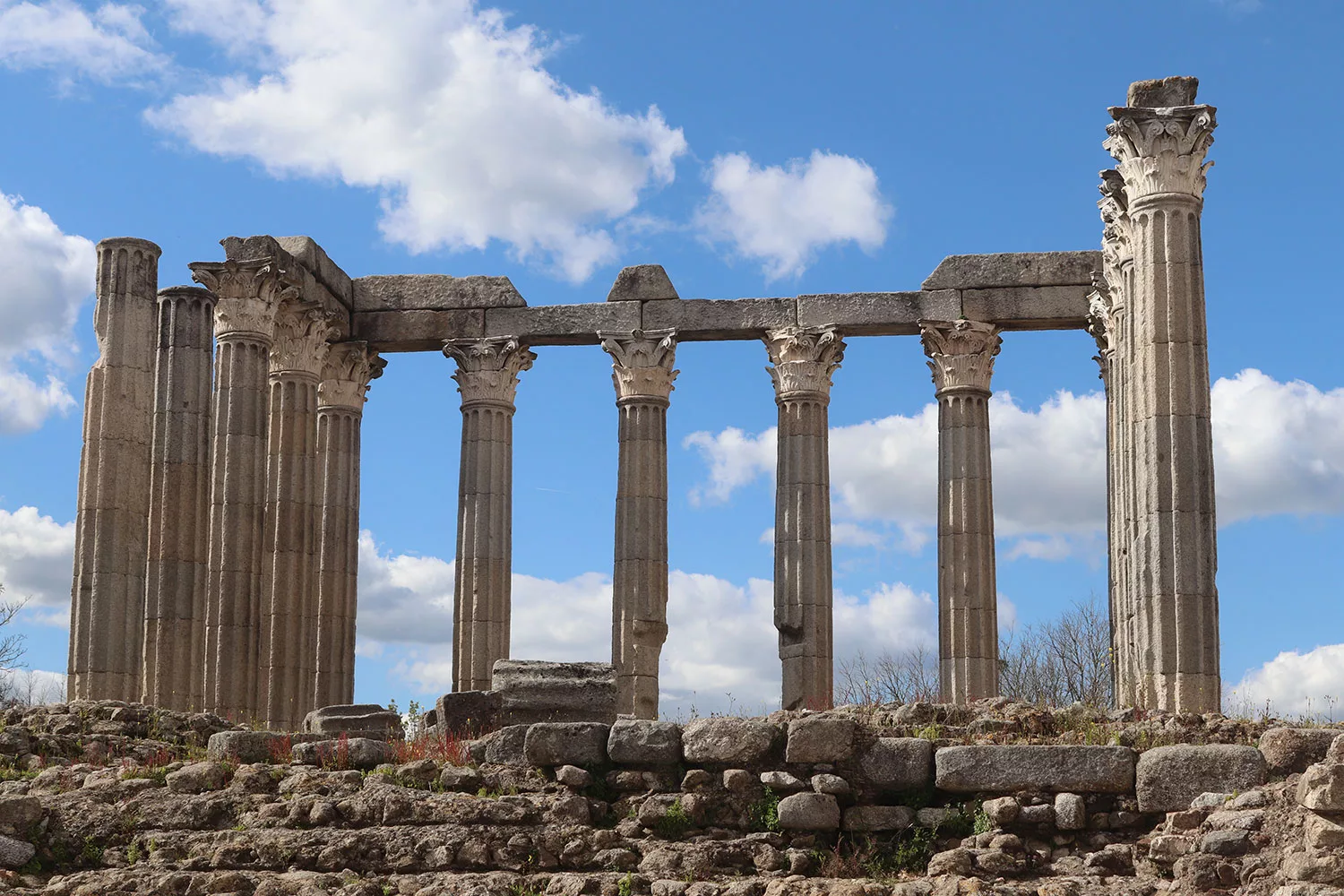
Of course you will also want to see the Temple of Diana, prominently on display. I did not know this until after I left but if you visit the Town Hall, you can see the Ancient Roman Baths, as well.
I didn’t plan on visiting at first but I really recommend stopping in the Museum Frei Manuel do Cenáculo which is just across from the Temple. It’s an excellent museum that covers artefacts and artwork recovered from the area dating from prehistory to the 18th century. They have a collection of artwork from the Roman forum so it’s a great compliment to seeing the Temple.
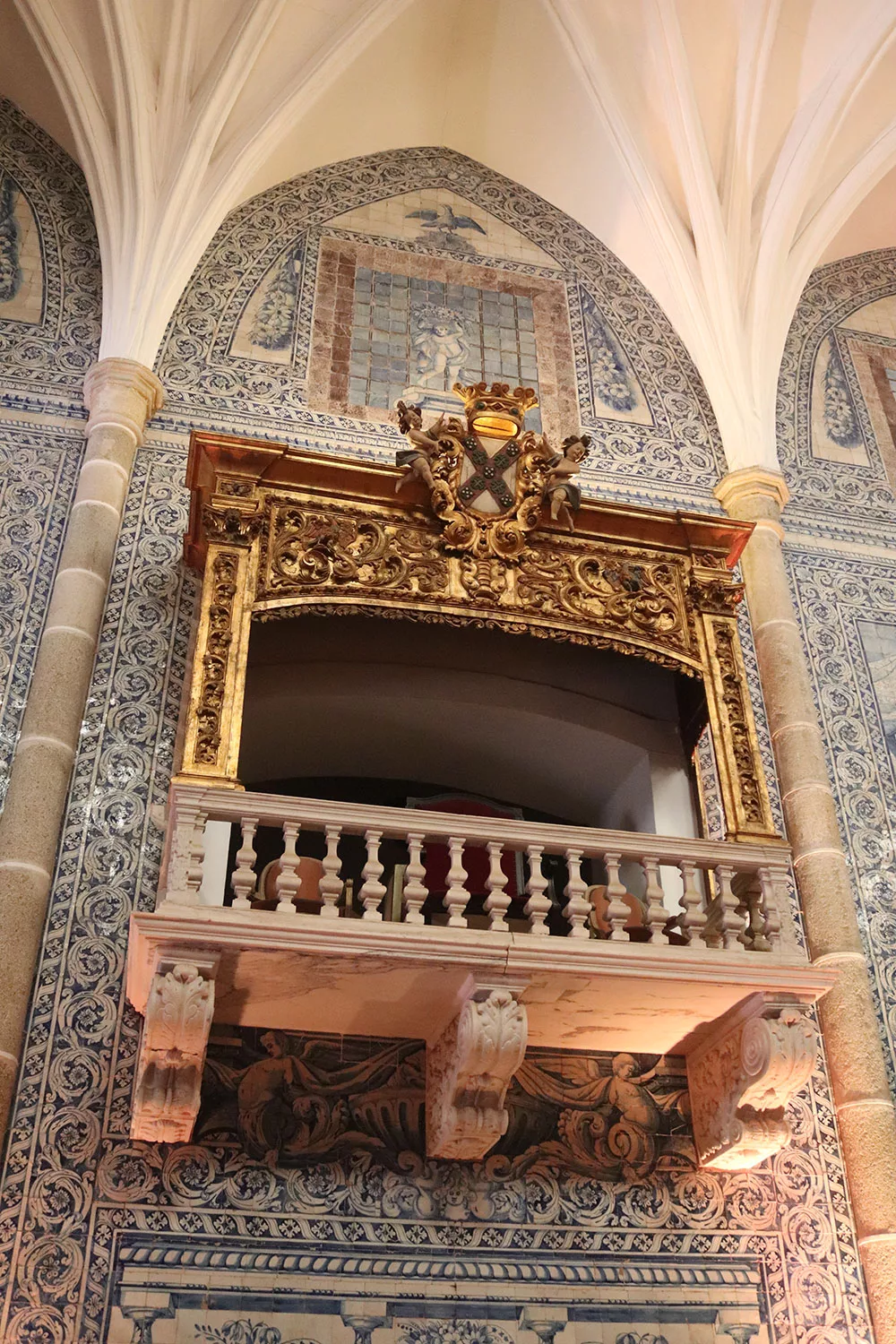
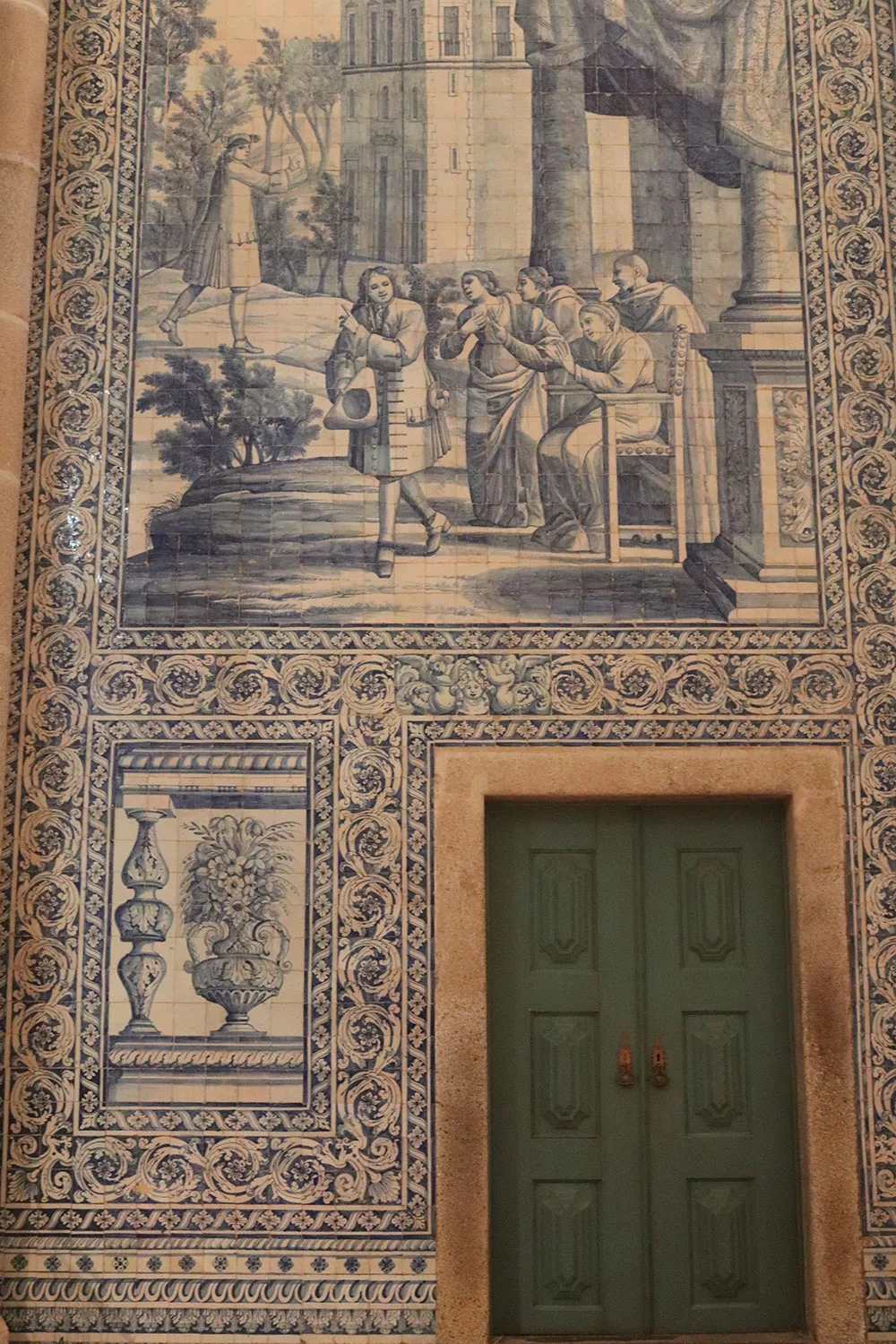
In this area you can also find the Sao Joao Evangelista Church and the Cadaval Palace. (Note that the church is part of Los Loios Convent, so you’re not stuck searching for two separate places.) These two can be visited separately or under a joint ticket. The Church is small but definitely stunning, with the gorgeous gilding and tilework characteristic of Portuguese churches. It’s definitely worth a visit.
The Palace of the Dukes of Cadaval is a little weird since the Dukes of Cadaval still exist and use the building as their home. The rooms are very plain so it’s more of an art gallery. They have a long line of portraits of the Dukes of Cadaval and then a mixture of different types of art that date back centuries and even as recently as 2021. It’s not a big collection. It’s something to keep in mind but it’s not the most impressive place to see in Evora.
Another church I wanted to visit was the Church of Sao Tiago but unfortunately it was shut when I was there.
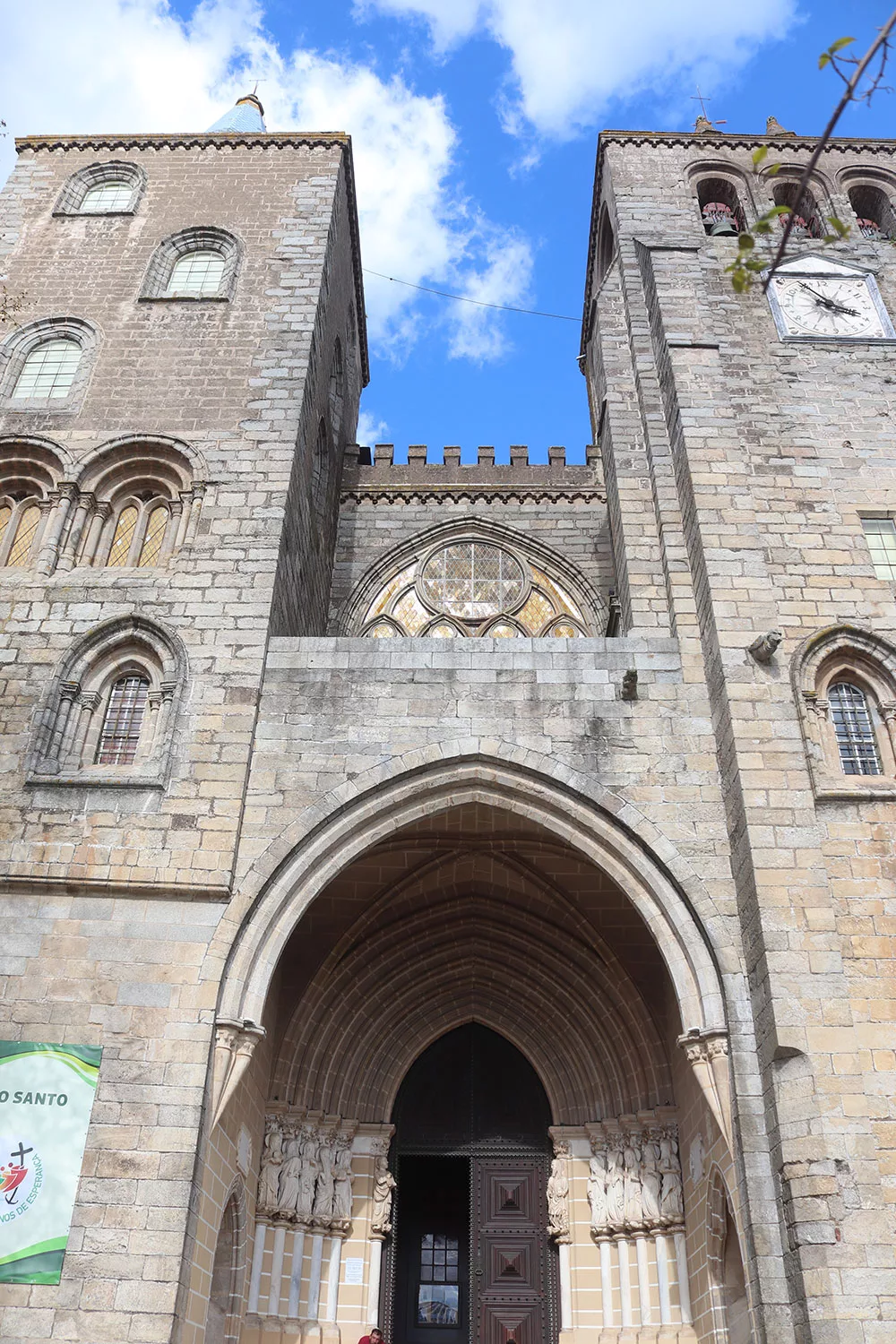
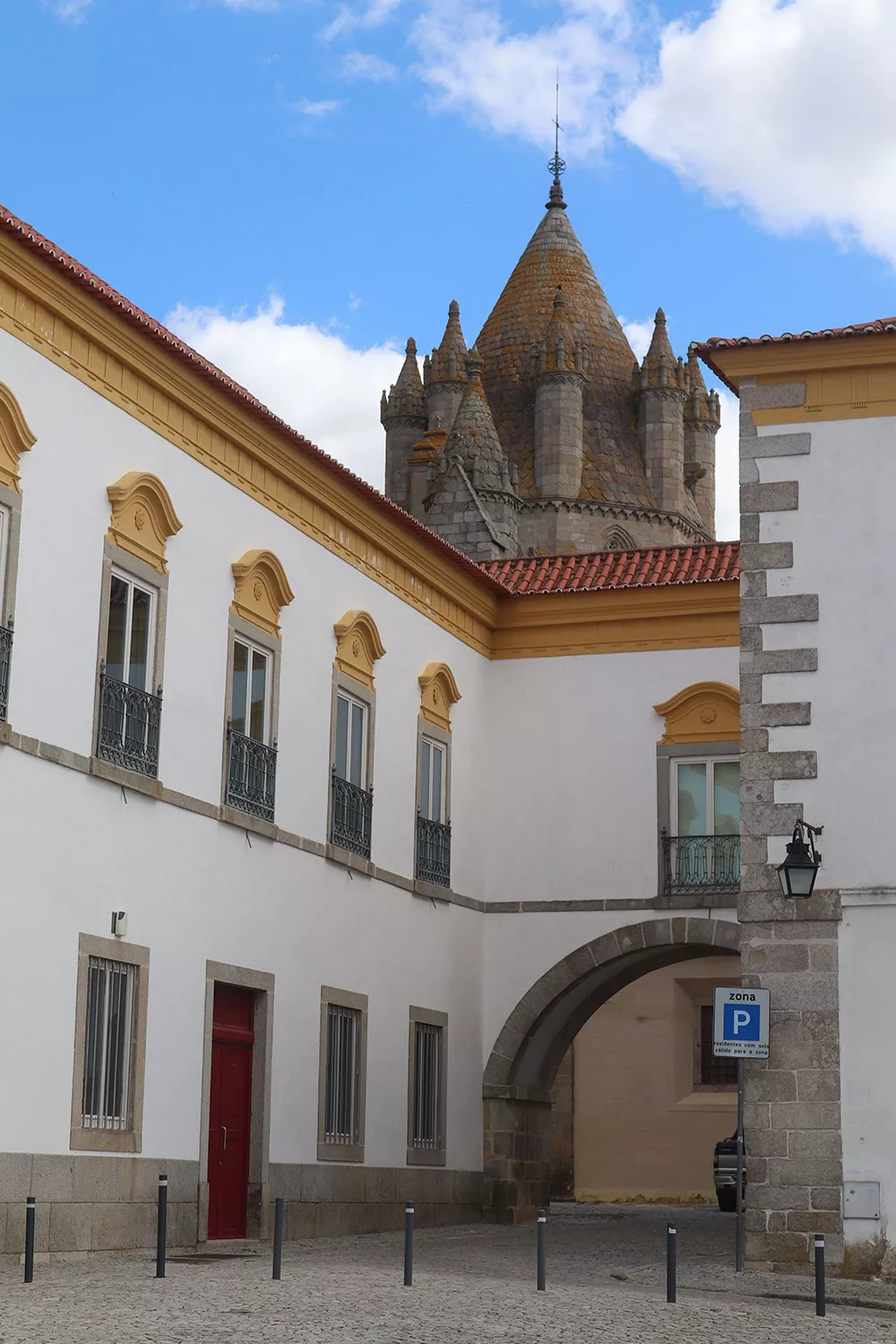
I had a major fail when I decided not to visit the Cathedral of Evora because it didn’t look that interesting. I didn’t know that apparently there’s a gorgeous cloister and rooftop access you can add onto your ticket. Threads tends to track your whereabouts and photos from the cathedral rooltop just happened across my timeline after my trip! Wish I knew beforehand because I totally would have visited!
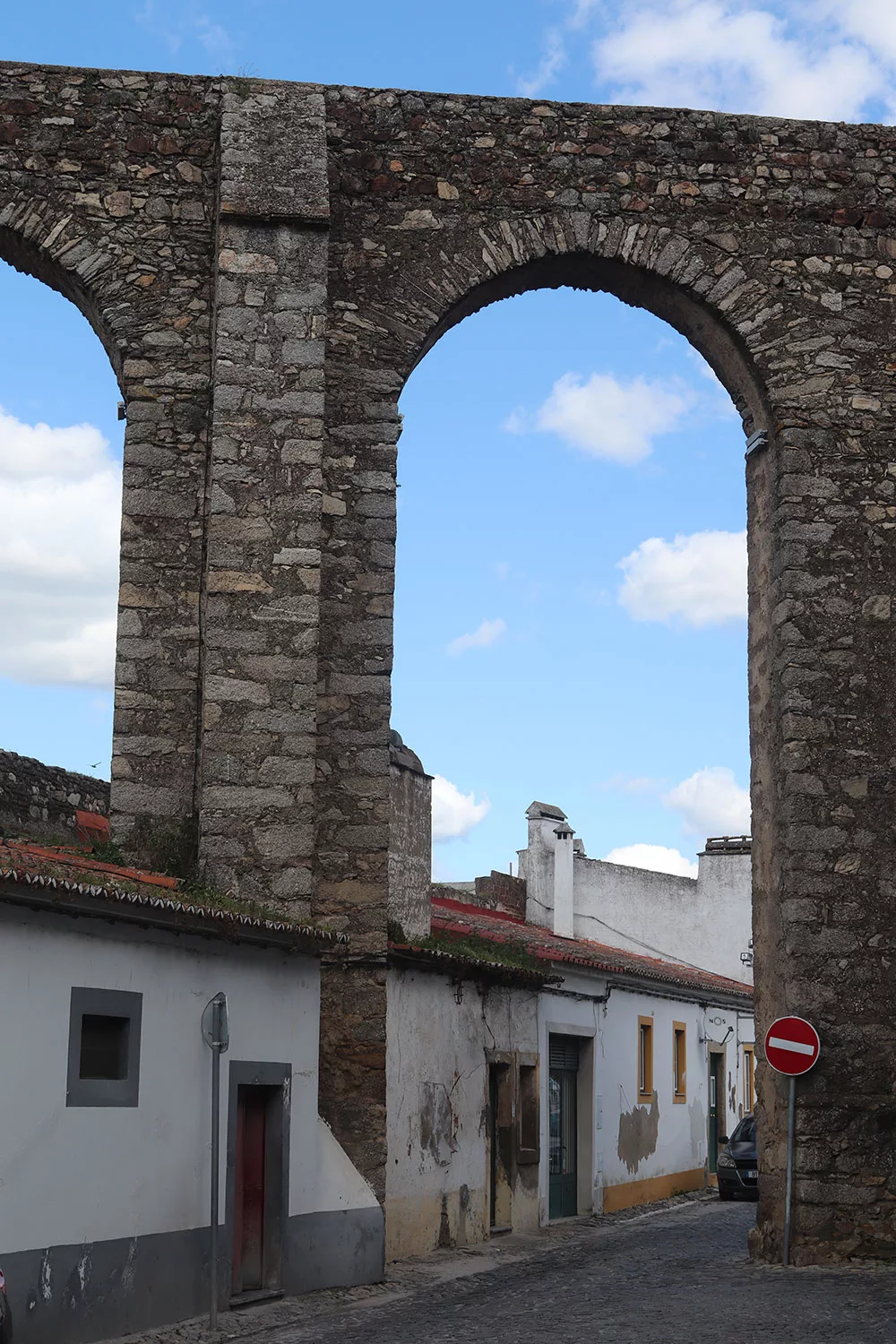

Of course, don’t miss out on grabbing a map and exploring the quaint medieval streets with buildings that date back to the Renaissance. Be sure to pop by Giraldo Square and head north to see the impressive Aqueduct. The aqueduct is actually not as old as you’d think. It’s a rebuilding of the ancient Roman aqueduct that dates to the early 16th century. It goes to show that even 500 years ago, the people of Evora cared deeply about their rich past.
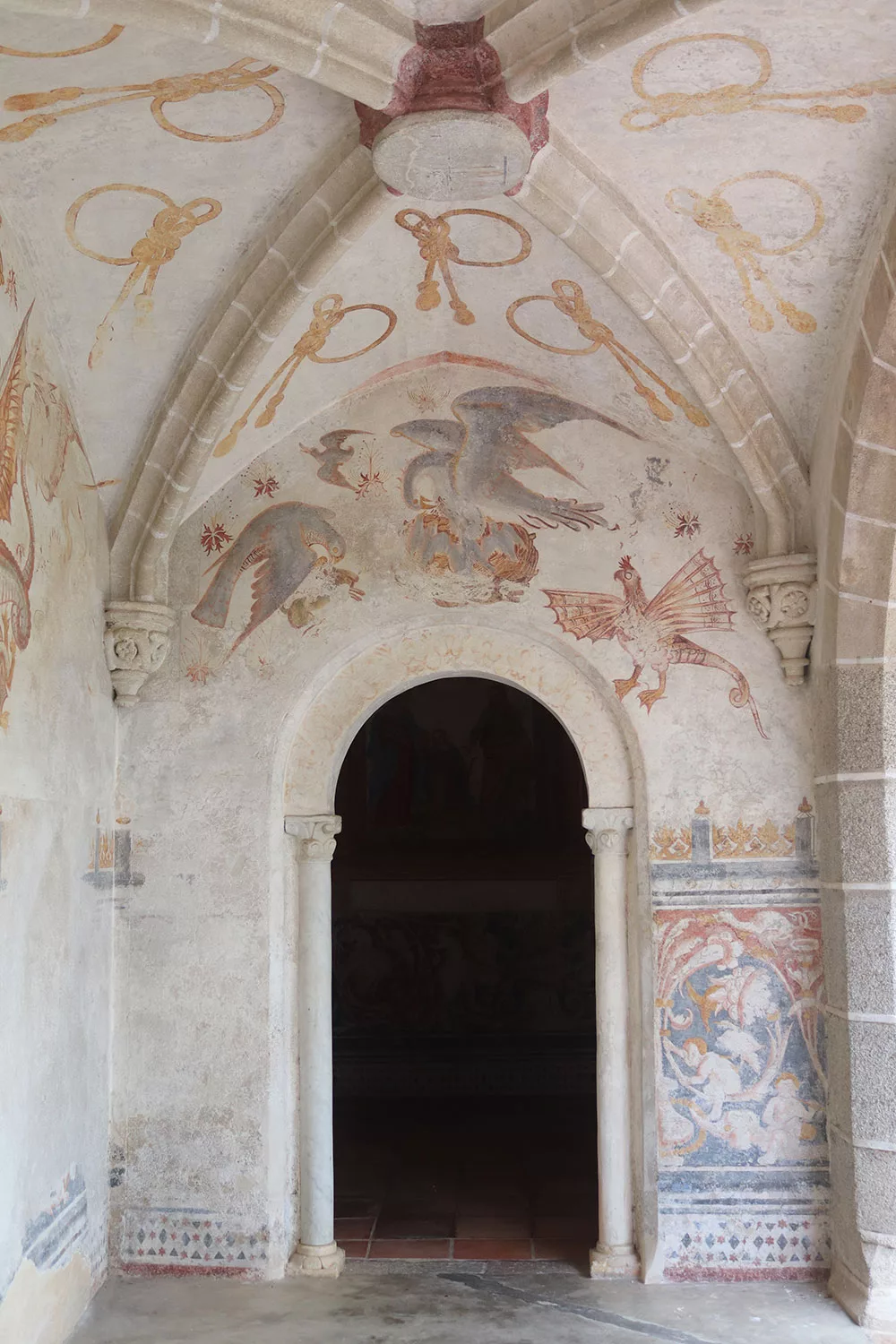
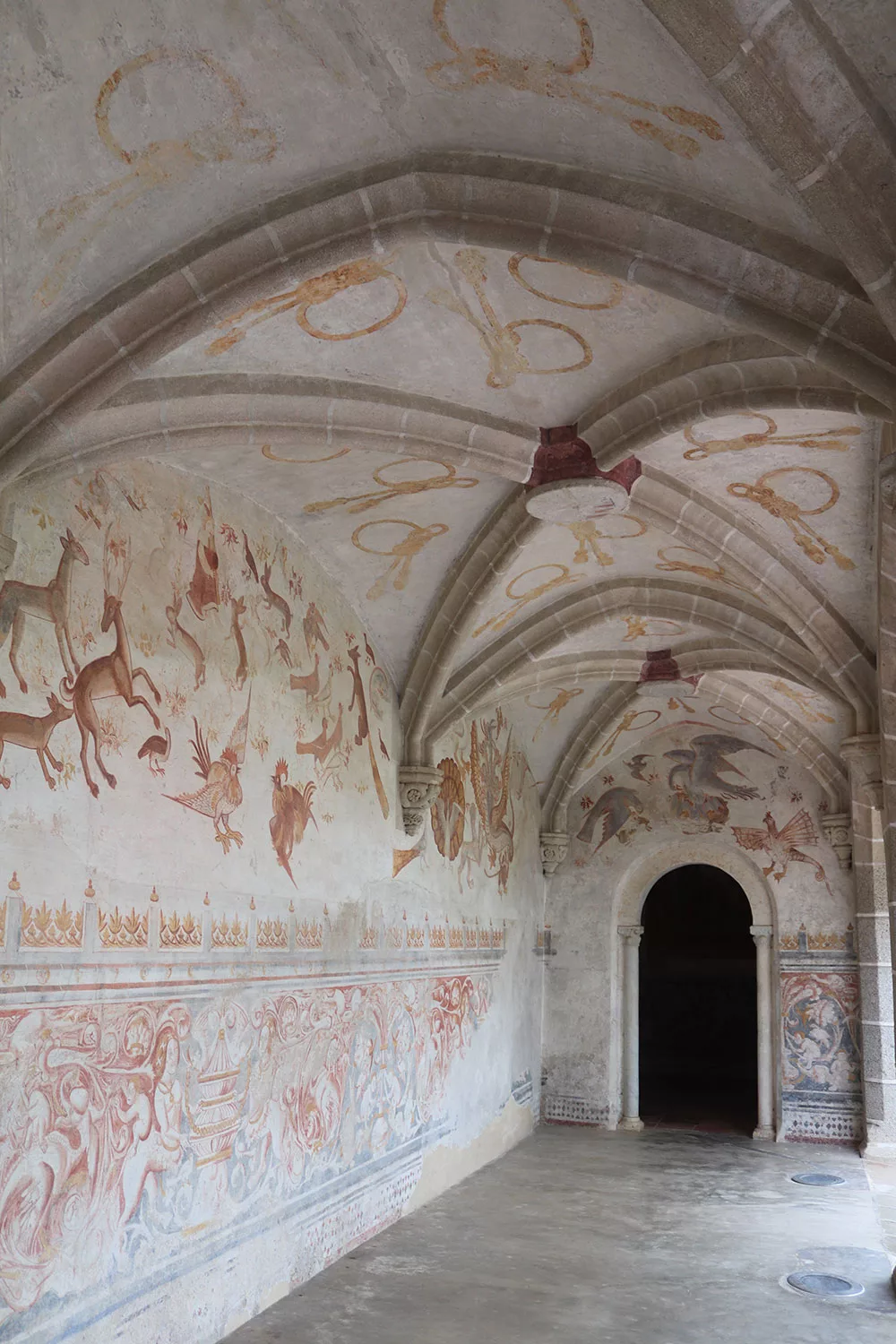
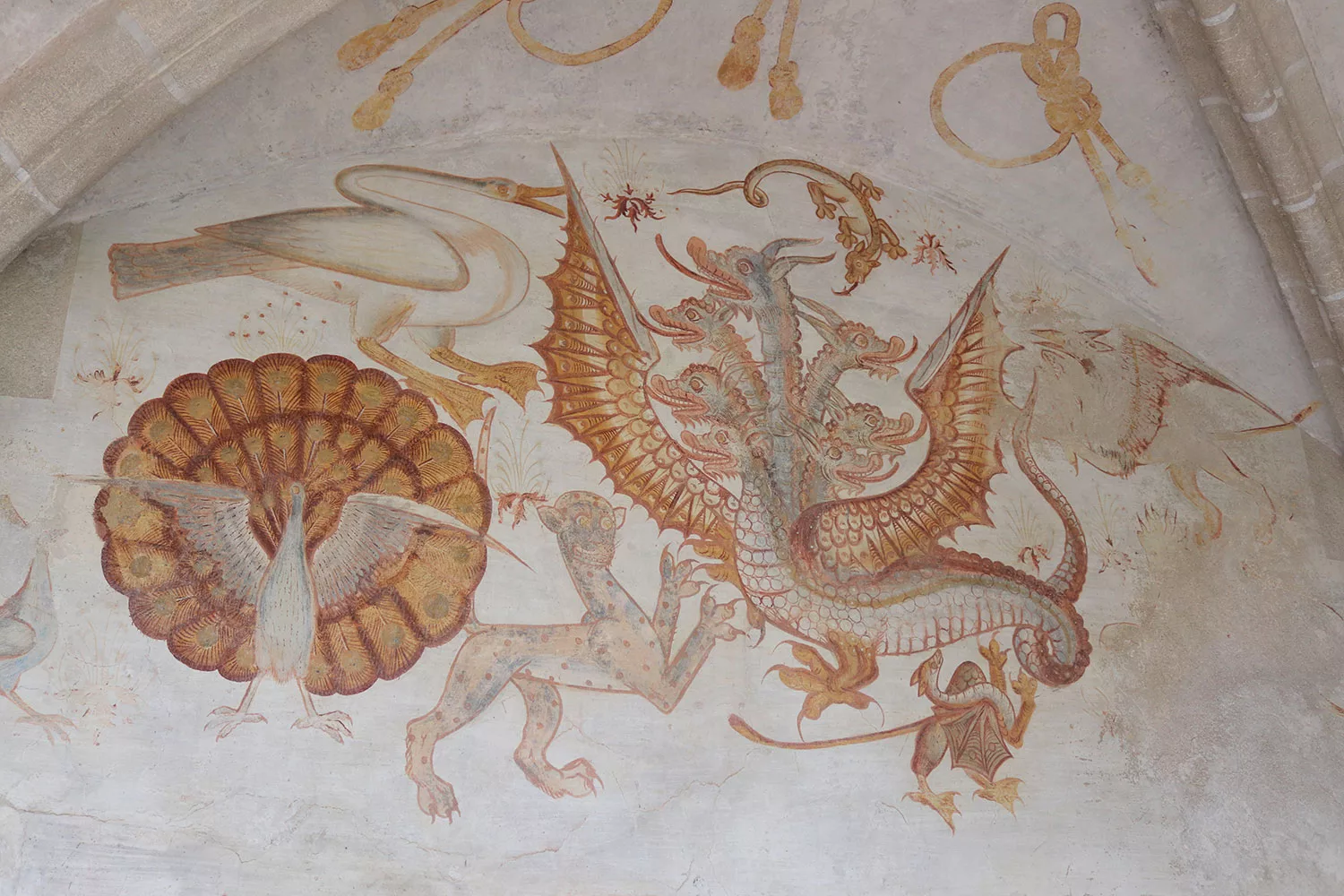
One place I really liked was the Center of Art and Culture near the Temple. They’re a free museum that has a few small contemporary art exhibits, but the real draw for me was in the back garden. There are beautiful Renaissance frescoes that you can see. They’re a small remnant of when the building was the Palace of the Inquisition.
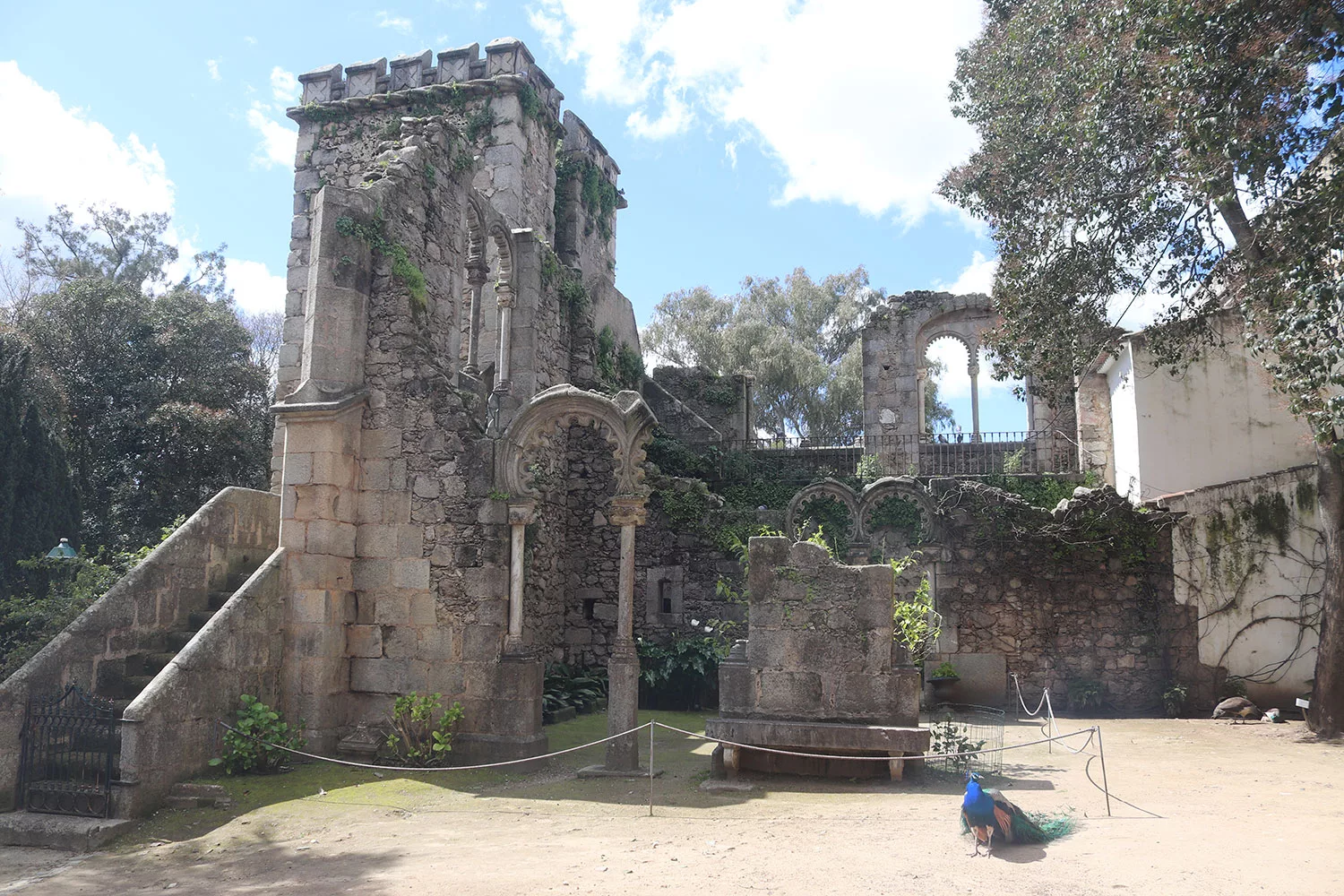
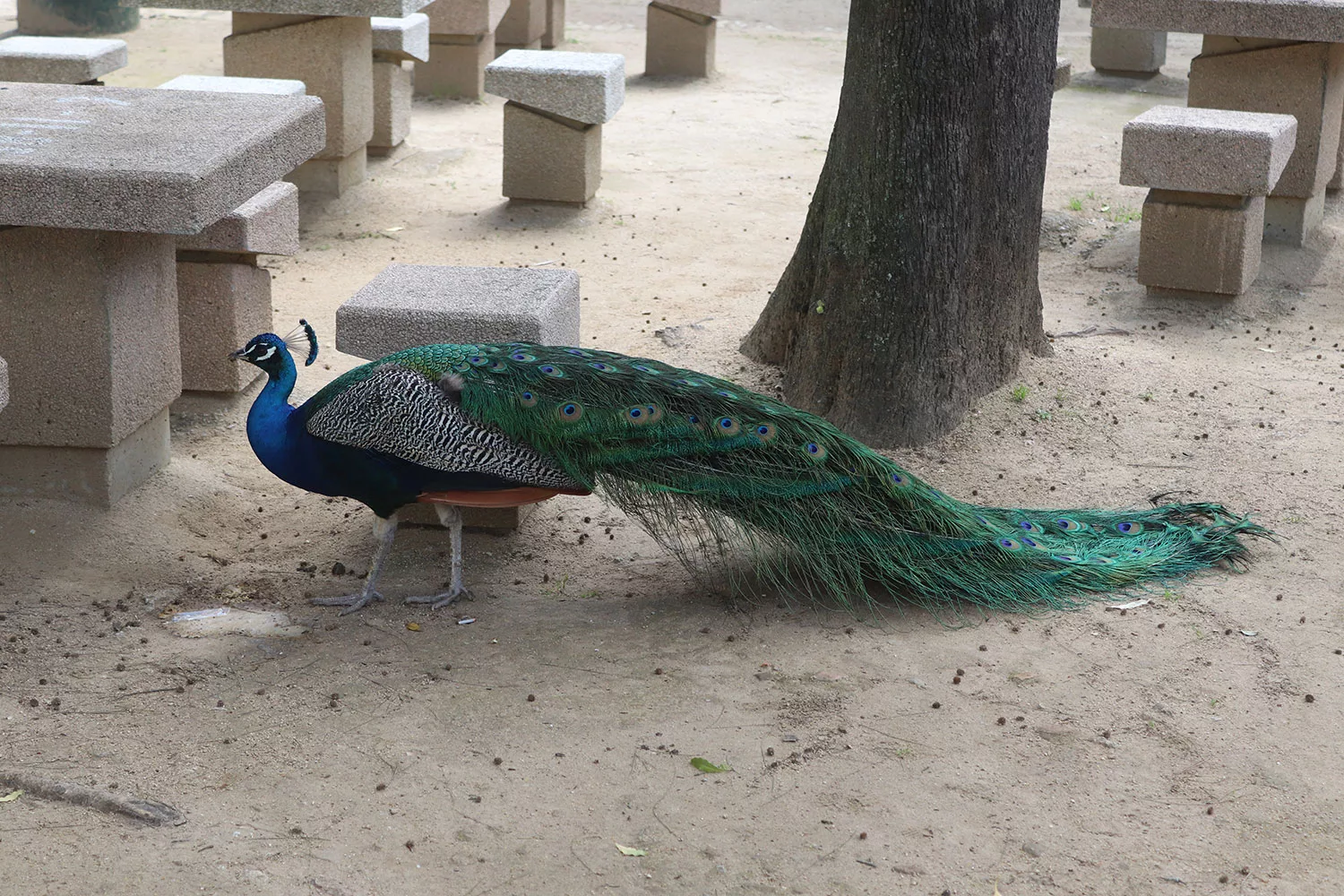
Make sure you have time for the Public Garden. You can see beyond some of Evora’s stunning medieval city walls and get to meet some of the resident peacocks! Here there’s also the Palace of King Manuel I (or the Royal Palace) but it’s not as exciting as it sounds. If you’re wondering why it’s so small, it’s only a portion of the palace that the kings would live in during their time in Evora. It’s been heavily renovated and the ground floor is an exhibition on the city.
I think my favorite part was seeing the other ruins of the palace. It just seems so romantic and like I was in a fantasy novel.
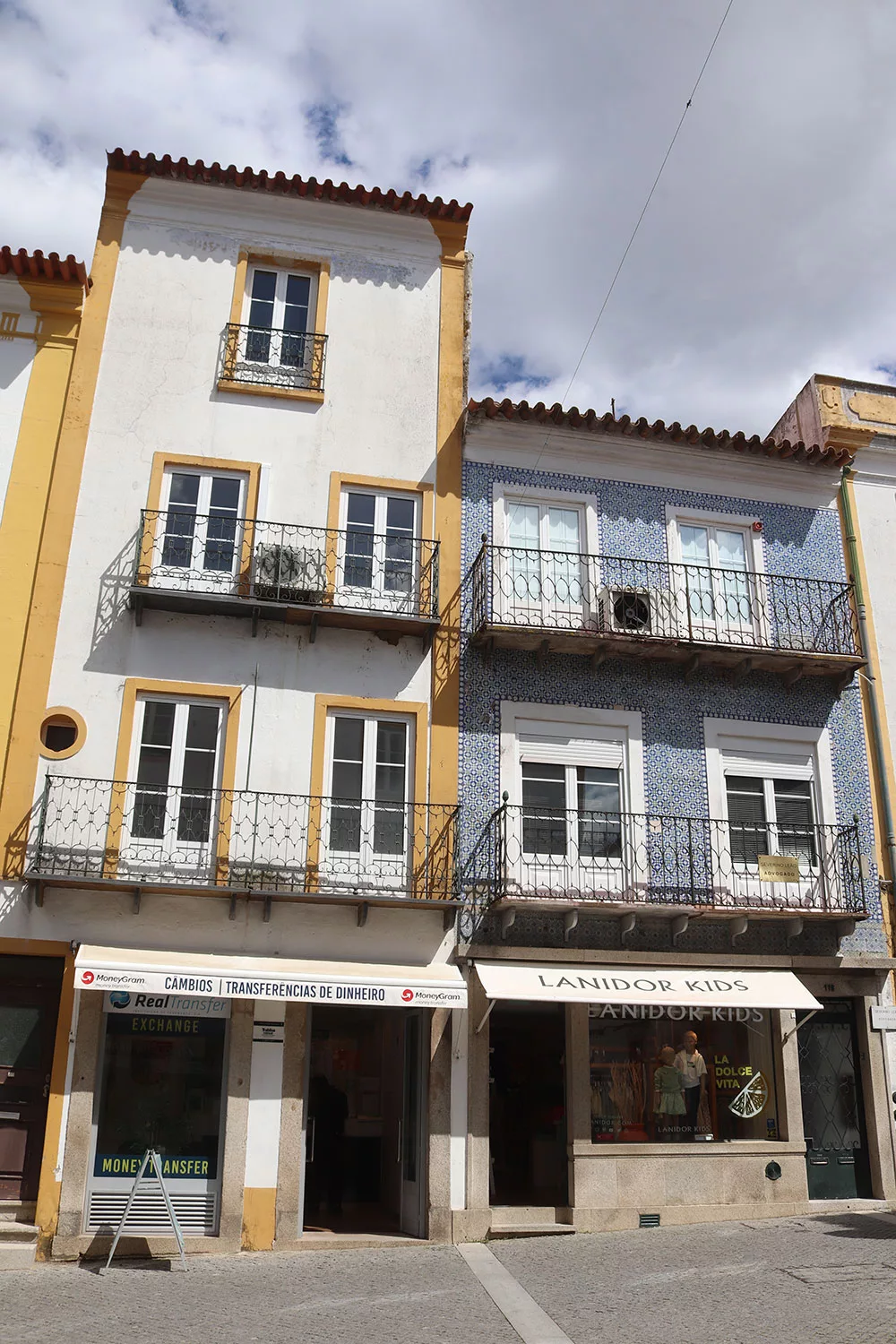

Evora is not that big and I was able to see what I wanted in a leisurely day, including time for a sit-down lunch. There were some places outside the town I couldn’t get to because I didn’t have a car, though. There are many ancient sites around Evora including the Great Dolmen of Zambujeiro (an ancient stone mausoleum) and some stone megalith circles, Cromeleque de Vale Maria do Meio and Almendres Cromlech, and a few more on the Evora Megalithic Circuit. These would’ve been cool to see but there was no public transport to get there.
I also absolutely loved the bus ride from Lisbon to Evora, through the landscape of Alentejo and seeing all its beautiful hills and animal residents. When I go back to Portugal, this is an area I’d like to explore more of.
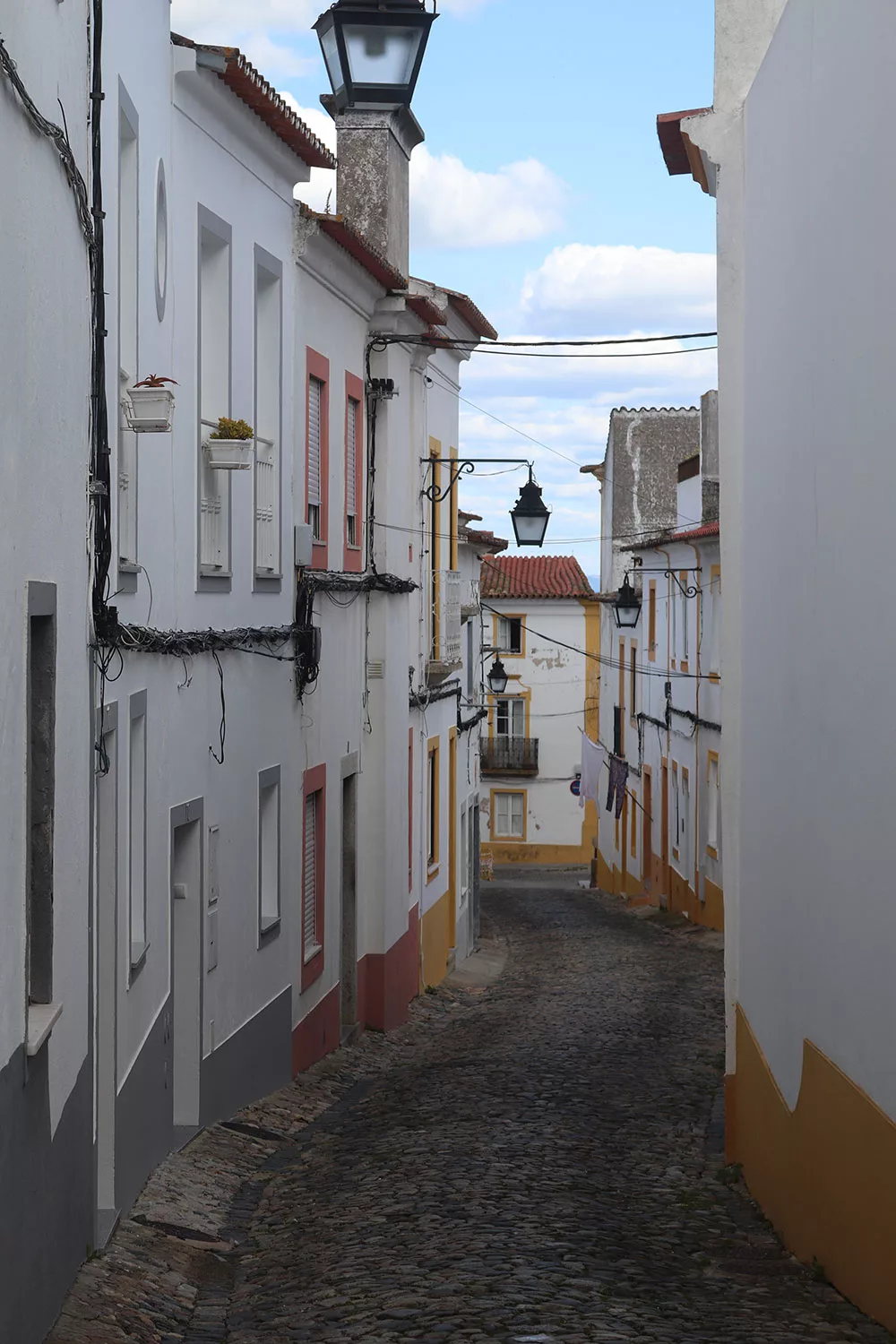
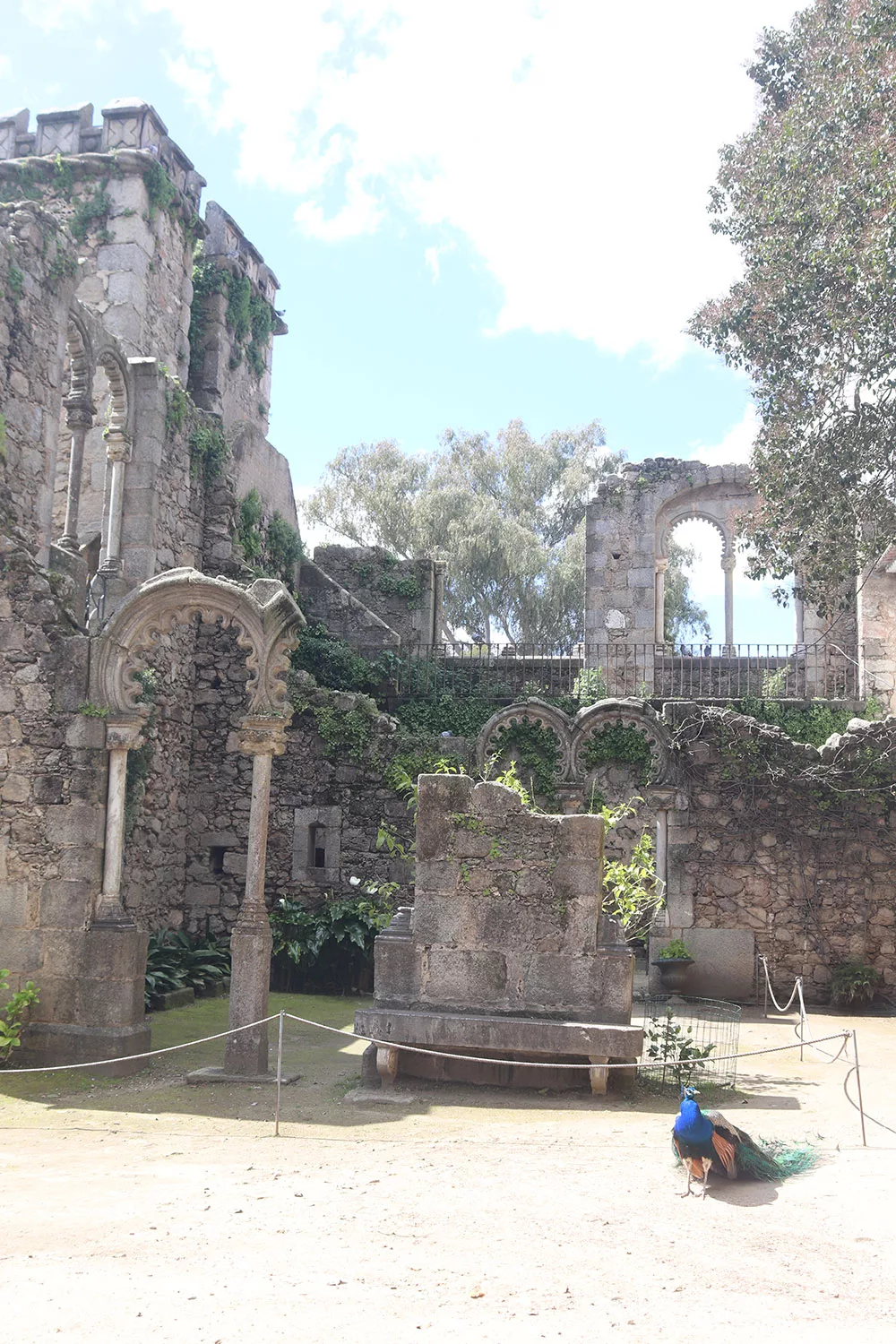
Obviously I can’t recommend a trip to Evora enough. The history is amazing, even perhaps for people who aren’t really into the subject. By itself, its a charming town. If you’re looking for a good day trip from Lisbon, you’ll definitely need to put Evora on your list.
Book an Organised Tour
Book Your Stay in Evora
About the Author
My name's Lilly and I'm a Baltimore-based travel blogger with a focus on art and history. I work full time and manage to get in several trips a year. Learn more about me.Tags: europe, evora, portugal












